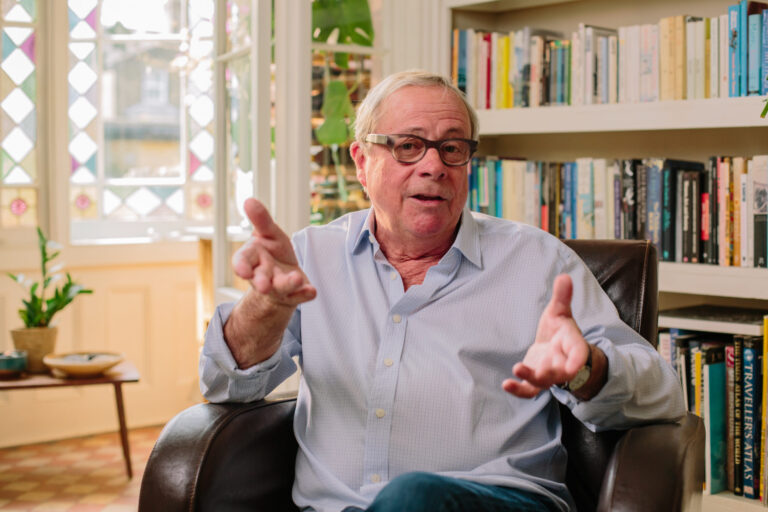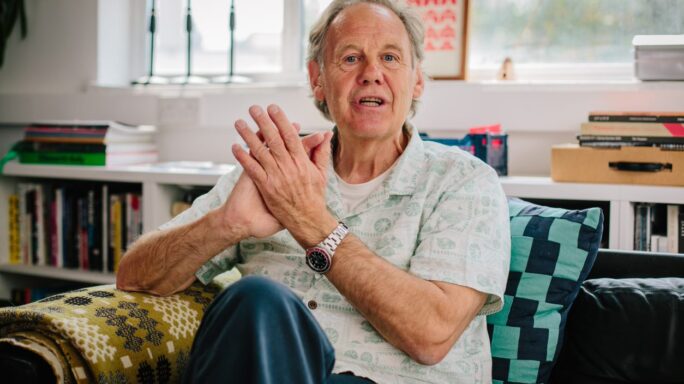Season 2: Unlocking productivity
7 Steps to design behaviour change

If you’re a company of one, a start-up, a family business or a multinational, the work of Stanford University Professor, BJ Fogg should make us all sit up at our desks and take notice.
His behaviour model is the game-changer many of us were looking for.
A universal model, it applies to all types of behaviour change.
It’s helped me be more consistent, organised, creative, expert and energised. It’s even helped me control the architecture of my day to be more effective in my work.
Here are 7 guidelines that keep me on track every day.
They inform the decisions I make. They help me focus. They help me decide, do or delegate.
1. Get specific. What’s the actual behaviour you want? Think in terms of outcomes and aspirations that you’ll translate to specific behaviours. What do I mean by specific? Use this phrase as a checklist: “Who, will do what, when, for how long, where, with which tool or resource?”
Let me give you an example: If you want more people to sign-up for your company newsletter, most team meetings might start with the question: “Hey, we need to get more sign ups to the newsletter. Any ideas?” A better question to kick off with would be: “‘Hey, how do we double our newsletter sign ups, within 6 months, from Europe based start-up founders in fintech who use LinkedIn regularly?”
2. Make behaviours easy to do. Really easy. Simplicity changes behaviour. When you make something easier to do, people are more likely to do it.
3. No behaviour happens without a prompt. The timing of which is paramount. Wrong place, wrong time, it won’t happen. What is a prompt? Those little red dots on your phone, a pop up from your calendar, a traffic light, an email or a text you send yourself, or others … all prompts.
For example, when I have to make a really important call, I put my phone on my laptop keyboard. No confusion about the next thing I need to do. What will remind yourself, your team, your customers, or whoever your target audience is to do the activity you wish to influence?
4. Unsure which behaviour to choose in the heat of the moment or the headlights of indecision? Choose the simplest thing you can do right now that will have the biggest impact on the project or job to be done. See previous point. Nike got it right: Just Do It.
5. Empower. Inspire. Help people do what they want to do. If you’re the boss or self-employed; help yourself do what you already want to do. What do I mean by that? Here’s a quick example: It’s really important to me to try to answer emails that only need a two sentence reply immediately. Anything needing a longer more thoughtful response, I spend 30 seconds putting it in my calendar with a timed reminder. Then I get back to the job in hand.
6. Feel successful. If you’re an employer, help your people feel successful in every facet of their job and their lives that you can impact. Again, if you’re the boss or self-employed, help yourself to feel successful. Celebrate the wins great and small. Discover how success leads to more success. How small changes in one area of life, ripple out into all of your life.
7. Designing for behaviour change is systematic. It’s not guesswork.
That’s enough for now, but I urge you to seek out more of this super-powerful, incredibly useful work.
In conclusion
I’ve just shared with you a remarkable way I’ve been taught to look at the psychology of behaviour. So I’d like to leave you here with a few words from Professor BJ Fogg himself:
“I teach good people how behaviour works, so that they can create products and services that benefit everyday people around the world.”
Amen to that.





Leave a comment